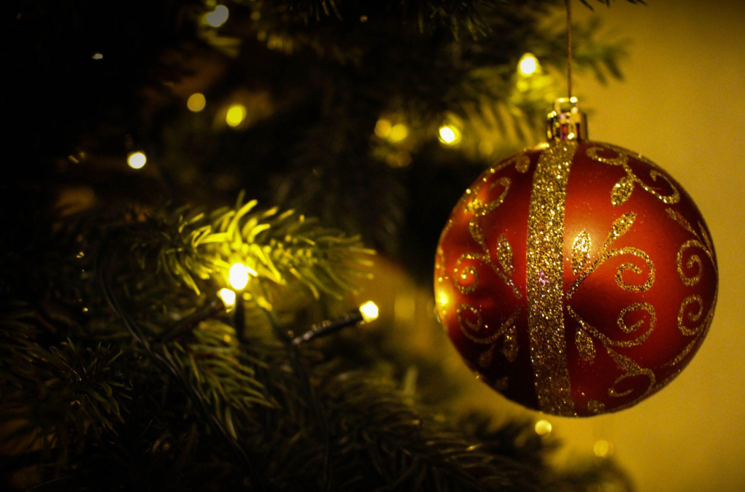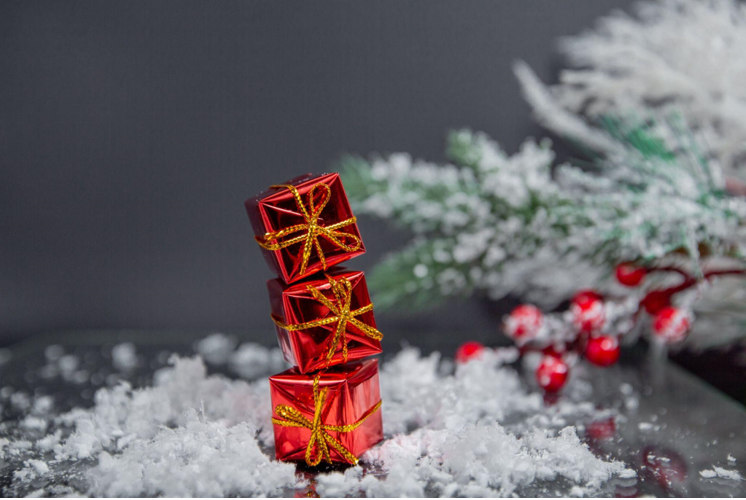
The History and Significance of Artificial Christmas Trees
Artificial Christmas trees have come a long way since their inception in the 19th century. They emerged as an alternative to natural trees, harvesting extensive forests and causing environmental degradation. Today, artificial trees are a popular choice for households worldwide and symbolize the spirit of Christmas.
But did you know there is more to artificial trees than decoration?
Since ancient times, evergreen trees have been revered for their resilience and represented everlasting life. In Medieval times, the trees were adorned with apples, wafers, and candles to mimic the Garden of Eden and commemorate the birth of Jesus Christ.
Nowadays, artificial trees have evolved into aesthetically pleasing works of art that can be customized to fit any preference or theme. They are often integrated into romantic getaways, providing couples with a cozy, intimate backdrop.
The Connection to Charity and Supporting Education
Buying an artificial tree promptly can significantly benefit local and global communities. Throughout history, people have used trees to give back to their community, and this tradition continues today.
Churches and communities worldwide participate in Christmas tree sales to support charity and educational programs. The funds raised often go towards education programs that teach the significance of Christmas, including its origin and the importance of giving.
In addition, purchasing an artificial tree instead of a natural tree can positively impact the environment and reduce the carbon footprint. This, in turn, supports educational initiatives that promote ecological awareness.
Many artificial tree manufacturers also support ecological programs and initiatives. They use recycled materials to create their products, which helps to minimize waste. This contributes to the circular economy concept of reusing and recycling, and the cycle starts again once the holiday season is over.
Conclusion
Artificial Christmas trees have become an integral part of the Christmas tradition worldwide. They are symbols of hope, love, and peace that evoke joy in those who celebrate the holiday season. The trees have a rich history, and the nuances of time, cultures, and various communities have influenced their evolution.
From romantic getaways to charity events and educational programs, artificial Christmas trees continue to bridge the gap between the ancient and the modern, and their relevance filters into almost every aspect of life.
So, purchasing an artificial Christmas tree promptly supports medieval times and a good cause. You never know; it could be a tree that pop stars, kings, and queens have loved!


